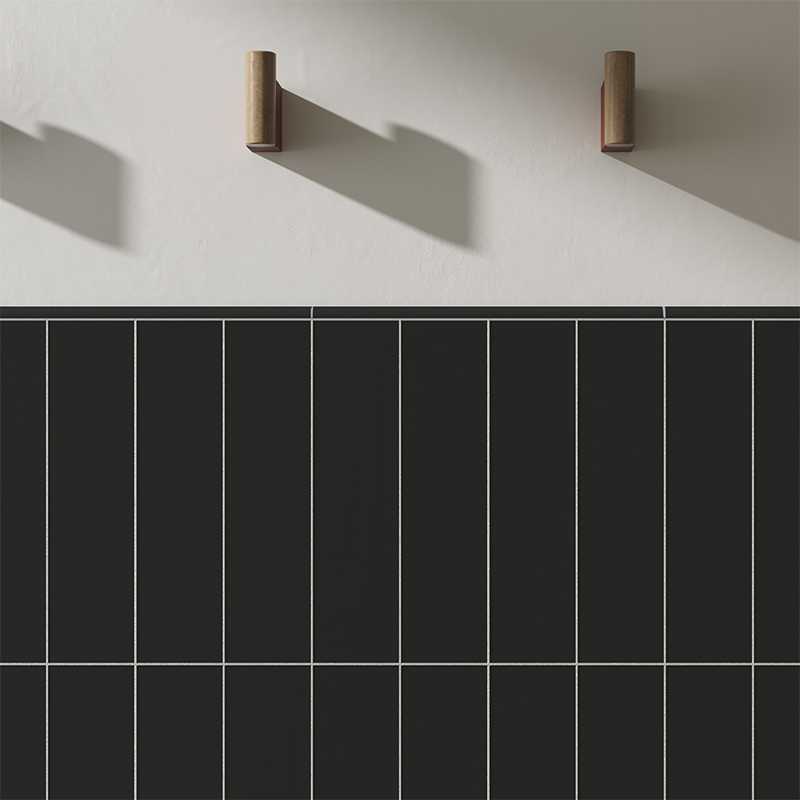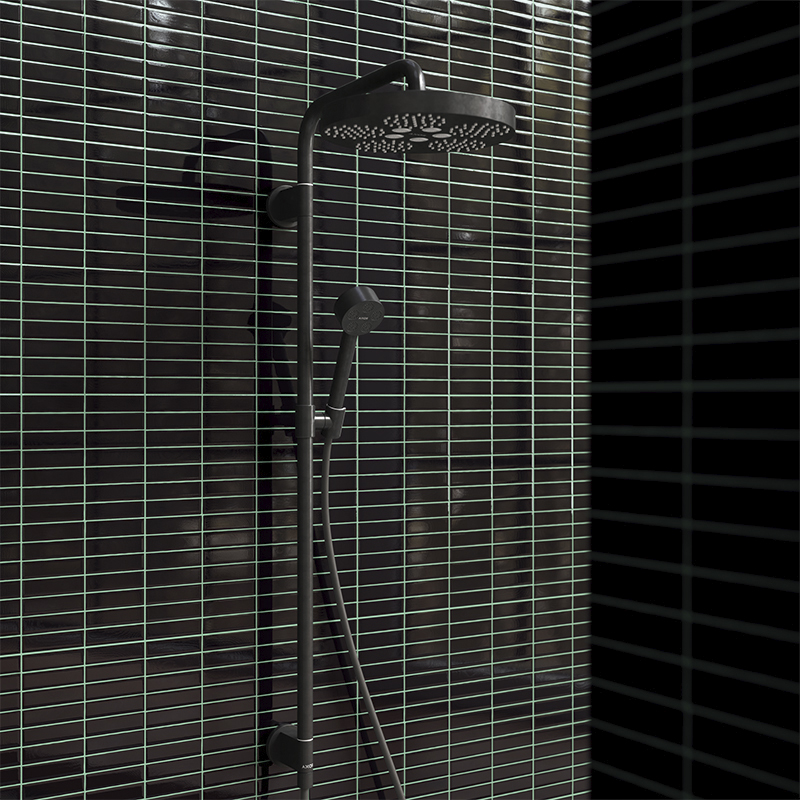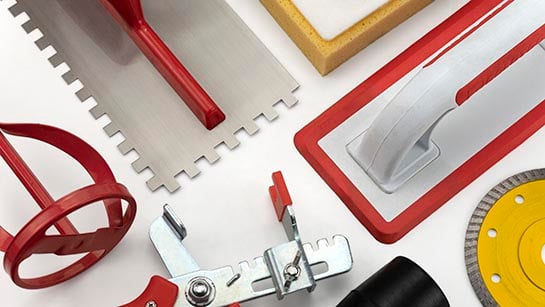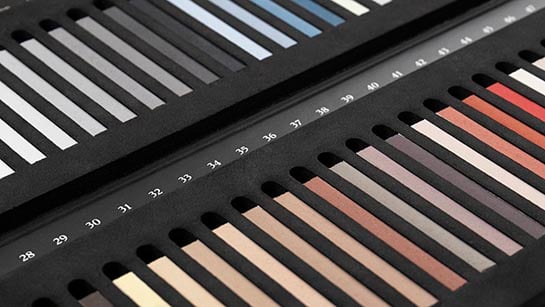-
MenuBack
-
TILES
-
-
-
-
-
-
-
OTHER CATEGORIES
-
-
-
-
OTHER MATERIAL
-
-
Installation and maintenance
-
- Recommendations
- PROFESSIONALS
- Contact
-
SOCIAL MEDIA
-
-
MenuBack
-
TILES
-
-
-
-
-
-
-
OTHER CATEGORIES
-
-
-
-
OTHER MATERIAL
-
-
Installation and maintenance
-
- Recommendations
- PROFESSIONALS
- Contact
-
SOCIAL MEDIA
-
THE IMPORTANCE OF GROUT LINES IN TILE INSTALLATION
Colored grout lines are the latest trend to personalize the tiling of your bathroom or kitchen. The traditional white color gives way to new shades that highlight the shape and arrangement of your tiles. Shades range from white to black, including various grays and vibrant colors like yellow or red, achieving an original and fun touch for your home.
New material options add character and expand the possibilities of achieving a different aesthetic when it comes to coverings. With a wide range of colors and textures, what was until recently considered just a matter of form now takes a special prominence.
While the trend has always been to minimize the visibility of grout lines between tiles, emphasizing them is an attractive proposal that will give personality to bathrooms, kitchens, or other spaces where you want to add originality without spending much money. Different types of grout materials are accessible and easy to apply. On our website, you have a category where you can get information and buy the materials that will make your project shine.
Add color to the grout and achieve that original and fun touch you want for your home.



Why choose colored grout?
Choosing colored grout allows you to highlight the design and shapes of the tiles, creating unique visual effects. Moreover, grout can complement or contrast with the tile color to give more depth and dynamism to the decoration.
Available colors range from neutral tones (white, gray, beige) to vibrant tones (yellow, red, blue), allowing you to personalize the space according to your desired style.
Materials and ease of application
Materials for colored grout are diverse, from special cements to epoxy resins that provide strength and durability. Additionally, they are easy to apply, which facilitates renewing the look of a covering without major renovations.
On our website, you can find all options and advice to choose the product that best suits your project.
Tips to choose the ideal grout color
- Consider the overall style of the room: modern, classic, rustic, etc.
- Think about the effect you want to achieve: strong contrast or soft integration.
- Evaluate the resistance and ease of cleaning of the material according to the room’s use.
- Check our product category to see samples and combinations.
Related posts
-
 12/05/2023SMALL TILE LAYOUT PATTERNS TRENDS FOR 2023> Read morePosted in: Installation12/05/2023
12/05/2023SMALL TILE LAYOUT PATTERNS TRENDS FOR 2023> Read morePosted in: Installation12/05/2023 -
 24/05/2023WHY ORDER 15% MORE CERAMIC MATERIAL?24/05/2023> Read more
24/05/2023WHY ORDER 15% MORE CERAMIC MATERIAL?24/05/2023> Read more -
 24/05/2023HOW TO TILE A BATHROOM EASILY AND PROPERLY> Read morePosted in: Installation24/05/2023
24/05/2023HOW TO TILE A BATHROOM EASILY AND PROPERLY> Read morePosted in: Installation24/05/2023 -
 15/09/2023HOW TO CHOOSE THE RIGHT ANTI-SLIP LEVEL15/09/2023> Read more
15/09/2023HOW TO CHOOSE THE RIGHT ANTI-SLIP LEVEL15/09/2023> Read more


































